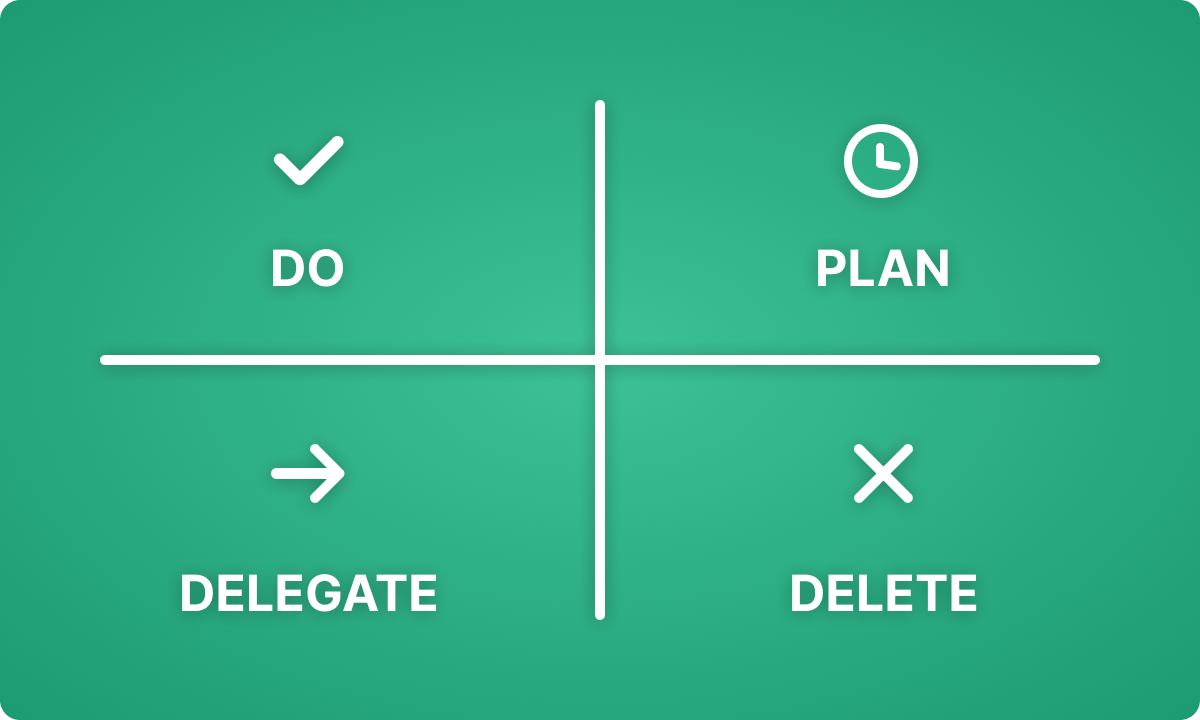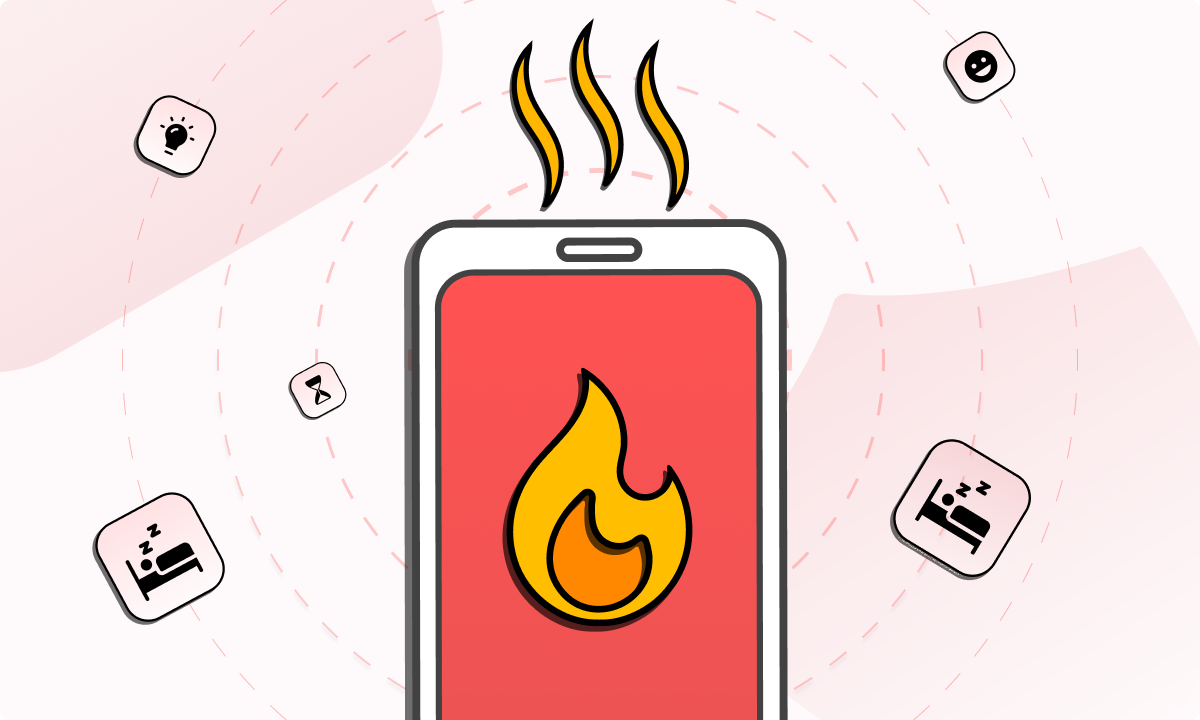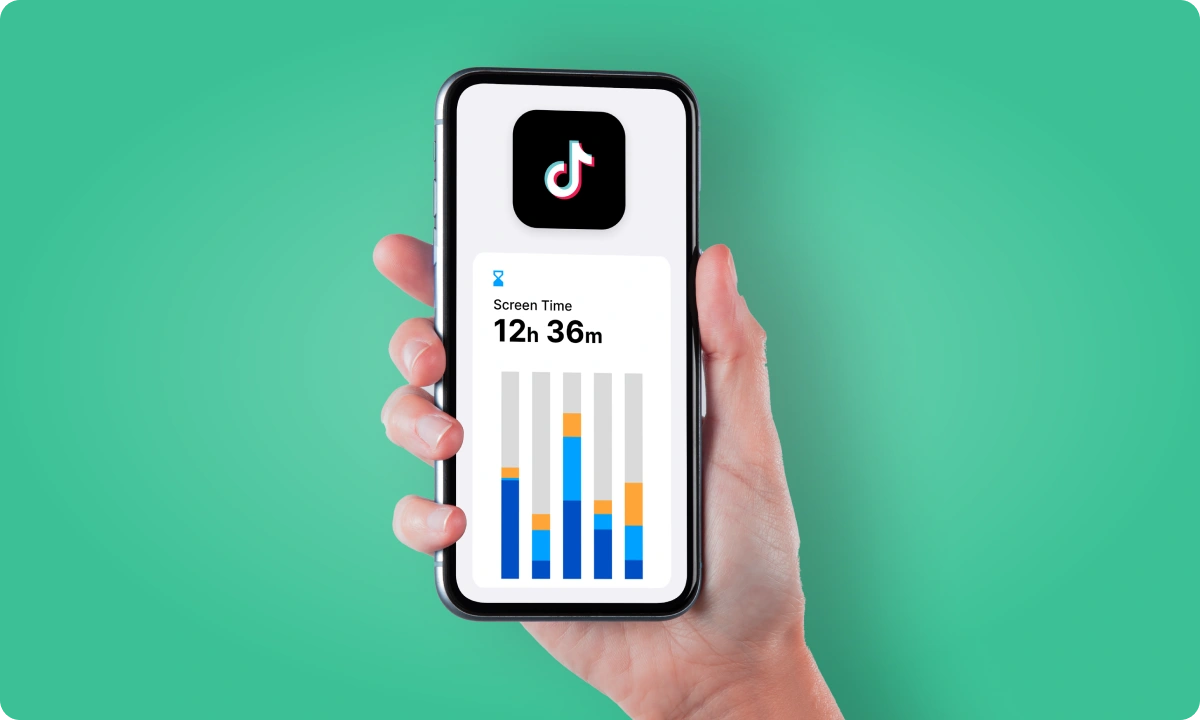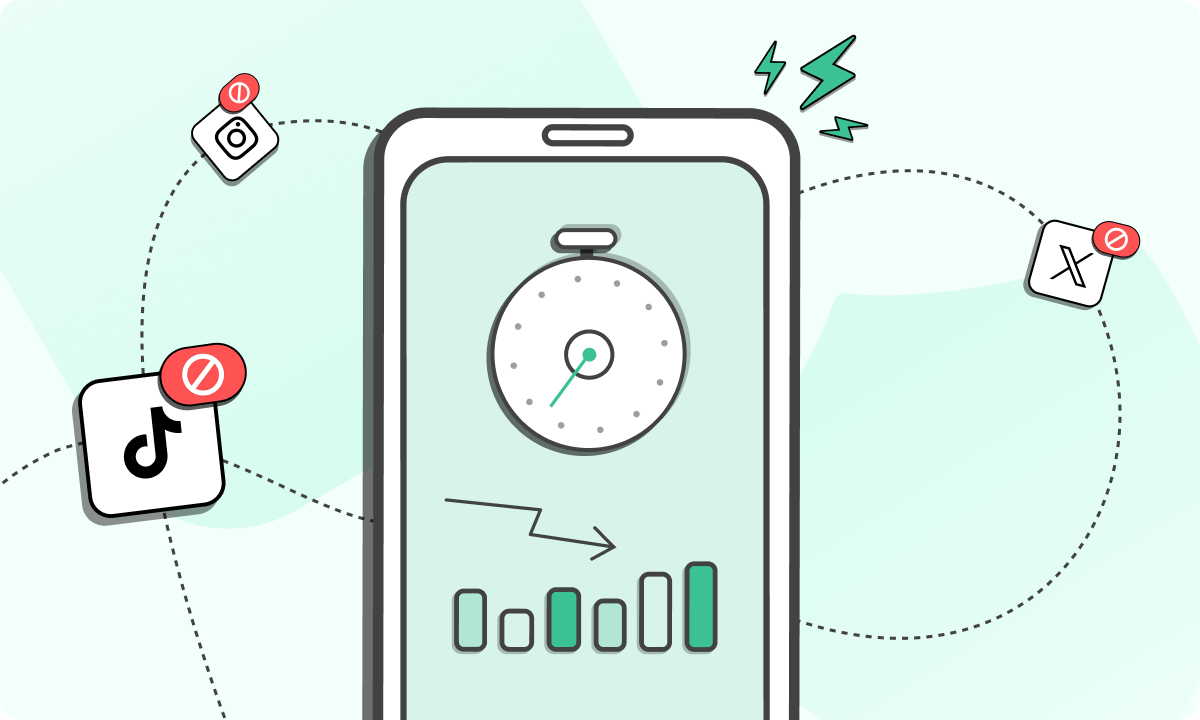When overwhelmed by a sea of tasks, it may become confusing as to where to start. This is often the case with professionals handling a multitude of responsibilities. According to a study by Jason M. Watson and David L. Strayer from The University of Utah, only 2.5 percent of people could multitask with any degree of success. For many, this can mean tons of effort being put into accomplishing several things simultaneously, thus yielding low efficiency and mounting levels of stress. Prioritizing tasks provides more clarity regarding which ones to pay attention to first.
The Eisenhower Matrix fights these overwhelming feelings by breaking tasks down and giving priority to the most essential ones. It’s a rather simple tool for time management that can change everything in your approach toward productivity. Priorities, with minimized distractions, lets you create an organized and stress-free work life. This tool helps much in being strict about the efforts directed to the activities that really matter and bring better results.
What is the Eisenhower Matrix?
The Eisenhower Matrix is a time management method for effectively prioritizing tasks. Also called the Eisenhower Box and named after President Dwight D. Eisenhower, the technique differentiates one’s tasks according to their urgency against their importance; it has categorizations divided into quadrants so that at one glance, you’ll know what would require immediate attention, what might be deferred, what can be delegated, or what should be dismissed.
- Urgent and Important: Things that require immediate attention.
- Not Urgent but Important: Things for long-term goals that don’t have to be done now.
- Urgent but Not Important: Things others can do.
- Not Urgent and Not Important: Things to take out.
The Eisenhower Matrix filters out a lot of the noise from your to-do list. Since you are focusing on what’s urgent and important all the time, Quadrant 1 will not only solve your current problems but also give you a grasp of the big picture towards your long-term goals more clearly. By having a clear line drawn between your priorities and distractions, you can easily plan out the day or week.
Main principles of the Eisenhower Matrix
The Eisenhower Box technique helps in managing the tasks by knowing the underlying principles of the box:
Urgency vs. Importance
This basically means distinguishing what has to be done now with that which will lead to long-term success. If you are dealing with urgent tasks, then you’re taking care of the immediate needs; but important tasks bring continued progress and achievement into the long run.
Prioritization
A critical aspect of the Eisenhower Matrix is prioritization. So many people fall into the trap of dealing only with the urgent at the expense of what might be important. This tool will teach you how to distinguish between tasks that give a feeling of urgency and those that actually are calling for your attention.
Delegation
Delegation is another pillar of this technique. Being able to identify what tasks can be done by others frees up the ‘bandwidth’ for a person to then focus their attention on things of greater significance. For example, if the task at hand is urgent but not important to your goals, it could be delegated to an assistant or team member.
Elimination
This refers to the things you are doing to nowhere. Activities that get a rating on your scale as falling into the ‘Not Urgent and Not Important’ category should be eliminated. Examples of such would be excessive social media scrolling or attending non-essential meetings. Eliminating these time-wasters opens up more breathing space and time for focusing on important tasks.
Top benefits of using the Eisenhower Matrix
There are many advantages when implementing the Eisenhower Matrix:
Increased productivity
This allows you to spend time on high-priority tasks that drive results. Prioritizing important tasks means spending less time on doing things that don’t add much to your overall goals. This kind of focus often shortens the time that is needed to complete projects and improves the quality of the output.
Less stress
Having more clarity in your to-do list can naturally bring down the level of stress. It becomes much easier to know precisely what to do next, and therefore you will be able to approach work in a much more relaxed and confident manner. It’s easy to see what really needs attention when tasks and their relative importance are represented in visual form.
Improved decision-making
Your decision-making skills can dramatically improve when you start to contrast more appropriately between what is urgent versus what is important. It sharpens your focus, so that you will be able to address things that are urgent, considering in due time the important tasks without anything falling through the cracks.
More efficient use of time
Better time management flows from the disciplined and orderly approach that the Eisenhower Matrix requires. You can be sure that more time is indeed being spent on activities that are of high value and relevant to both personal and professional goals when you are very careful about what gets placed on your schedule. This aids in creating a suitable balance in work and life.
How to use the Eisenhower Matrix for prioritization
The steps to be followed in order to prioritize effectively using the Eisenhower Matrix are as follows:
1. List all tasks
First, make a list of all the things to do. Don’t bother putting things into categories yet; just write down everything you have to do. This is raw data—the list that includes everything from major projects to little things like errands to do or phone calls to make.
2. Categorize
Now, sort these tasks according to one of the four quadrants in the Eisenhower Matrix. This step has to be based on an honest evaluation as to what tasks are really urgent and what things are truly important for long-term objectives. Now you will see the value in distinguishing between what really needs to be done now versus what can be planned for in the future.
3. Focus on quadrant 1
These are the activities that are both urgent and important and require your immediate attention. It gets one into a productive tone for the day or week to start with these tasks, and also validates a prioritization system.
4. Schedule quadrant 2 tasks
Quadrant 2 activities are important but not urgent. These may be strategic planning activities or professional development. Time needs to be scheduled for these as failure to plan ignores the possibility that these could become urgent issues later.
5. Outsource quadrant 3 tasks
Quadrant 3 activities are urgent but unimportant. These should be delegated. As a manager, examples may include administrative tasks someone else can do freeing the manager for more significant, truly important duties.
6. Delete quadrant 4 tasks
Finally, Quadrant 4 tasks are neither urgent nor important. Cutting out such tasks is an easy way to create time and mental space. For example, time spent on non-essential emails or useless meetings will often free up your time tremendously.
How to use of the Eisenhower Matrix for time management
The Eisenhower Matrix also aids in time management in the following manner through effective planning:
Weekly planning
Weekly planning on the Eisenhower Matrix helps to be constantly aware of the main tasks. Review and classification at the beginning set a clear agenda for the forthcoming week.
Daily check-ins
Daily check-ins will keep your priorities aligned with new tasks or changes in deadlines. This slight morning review will assist in reorienting your plans to ensure nothing critical is skipped and that productivity keeps moving.
Time blocking
Another useful application is time blocking. Set concrete time blocks aside for Quadrant 1 and Quadrant 2 tasks to assure that high-priority activities get undivided attention. That will help you be deep into an activity, work through a task of high importance, and, at the same time, show balance in your schedule.
Tools
Use BlockSite or any other tools which can help one in keeping away from distractions and staying focused. BlockSite can prevent access to irrelevant websites or apps during your time blocks so that you remain focused on your task. This small step can make a massive difference in staying focused and productive.
Focus on more important tasks using the Eisenhower Matrix
The Eisenhower Matrix will let you prioritize tasks properly and manage your time more productively while reducing stress. Being able to focus on the key tasks without any distraction really helps attain a goal.
Don’t let unimportant tasks consume your time. Get started with the Eisenhower Matrix now and make use of BlockSite to get better control over your productivity. Whether high-stake projects or everyday tasks, this tool really can change how you plan and execute your tasks to achieve a life that is more balanced and productive.
FAQs
What sorts of tasks go in Quadrant 2?
These are important tasks that will lead toward a long-term goal but don’t need to have action taken on them immediately. Examples may include strategic planning and professional development.
How often should I update the Eisenhower Matrix?
It’s good to review the matrix weekly, along with daily check-ins, to adjust for new tasks or shifting priorities.
Can the Eisenhower Matrix be applied to both personal and professional tasks?
Yes, it can be adapted for both personal and professional use. Different matrices of areas of life can bring clarity and focus.
How do I handle unexpected tasks?
As unexpected tasks come along, integrate them quickly by placing them in the right quadrant. This will ensure that spontaneous tasks are managed without getting your priorities derailed.
What is the difference between urgency and importance in the Eisenhower Matrix?
Urgency refers to tasks that need immediate attention. Importance refers to tasks that set or create long-term goals or values.





